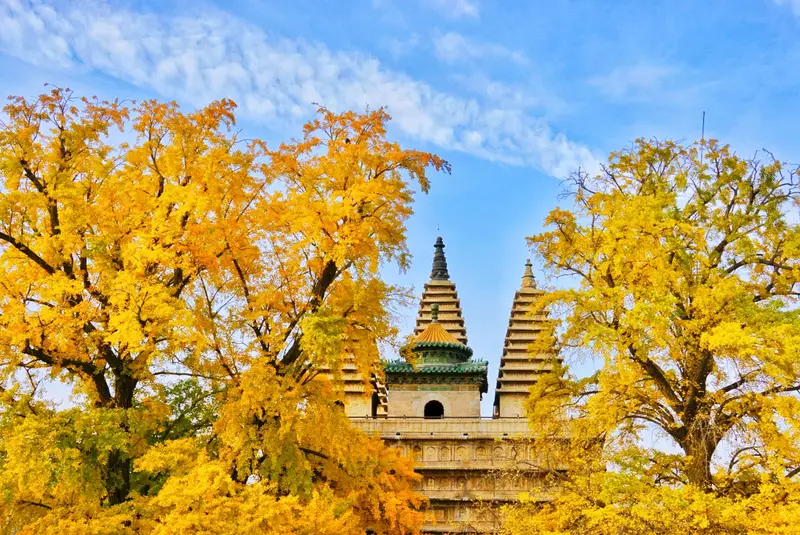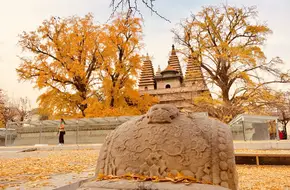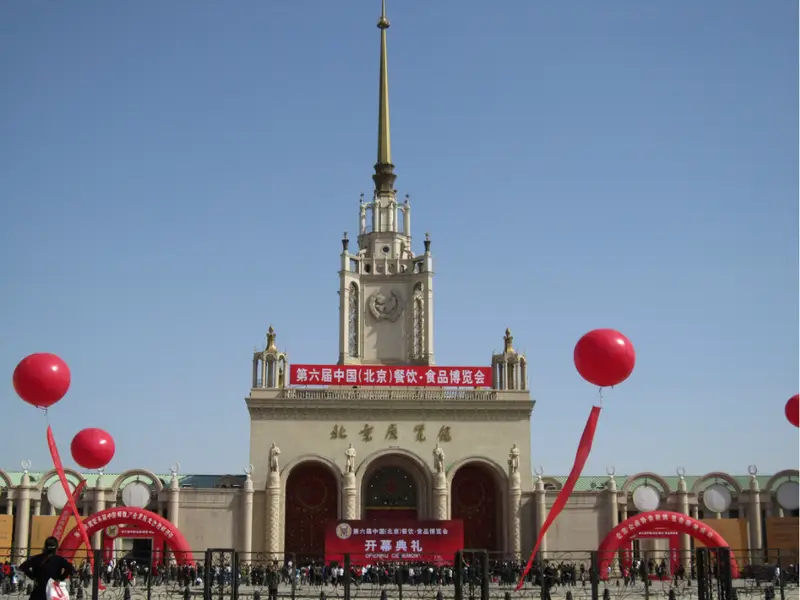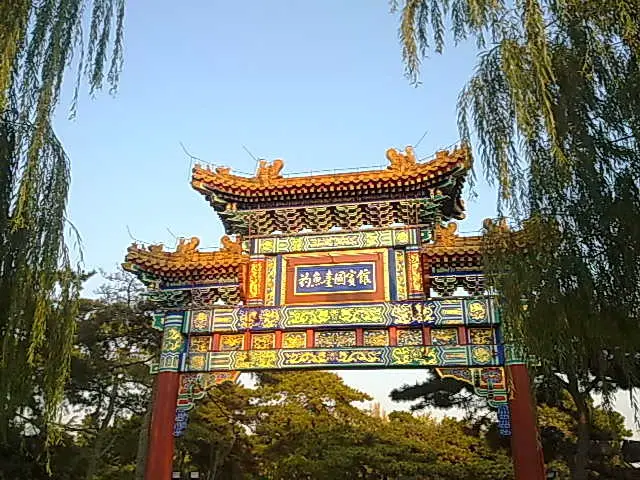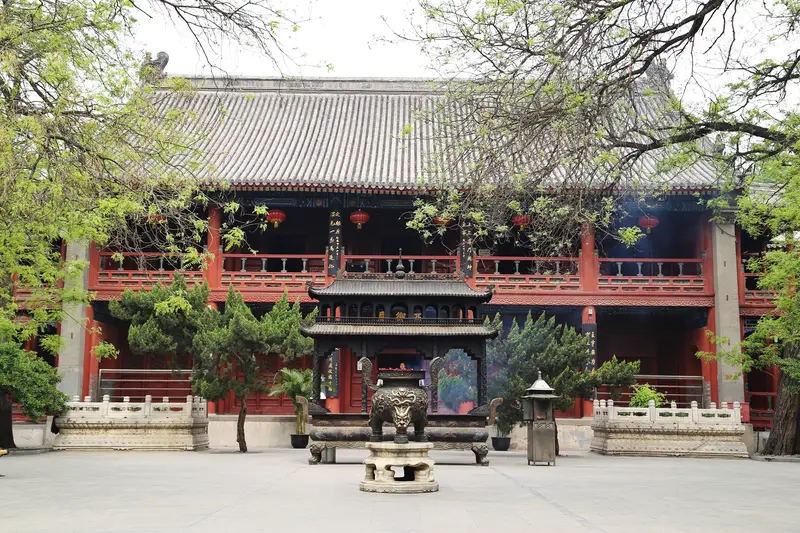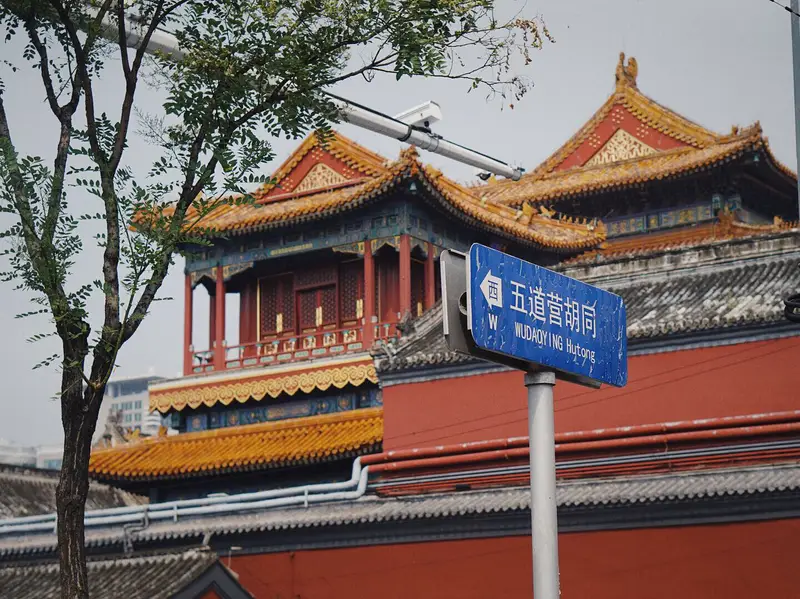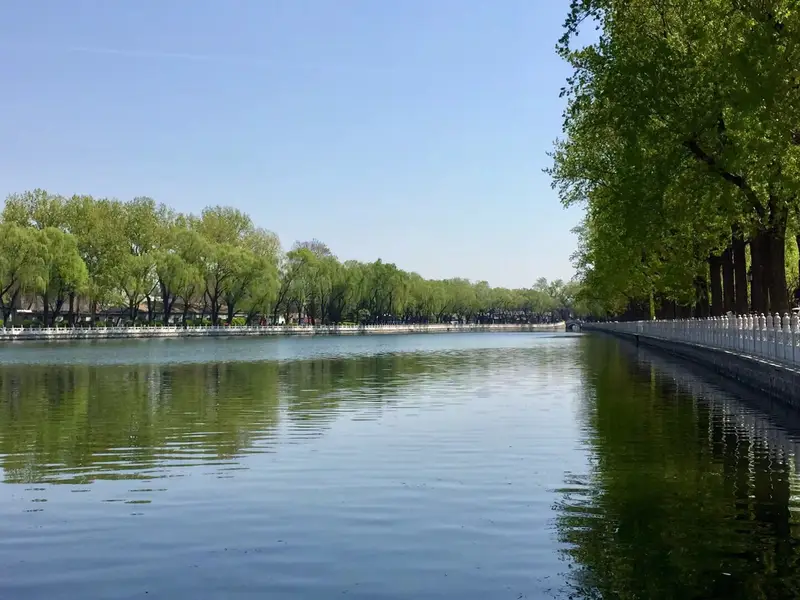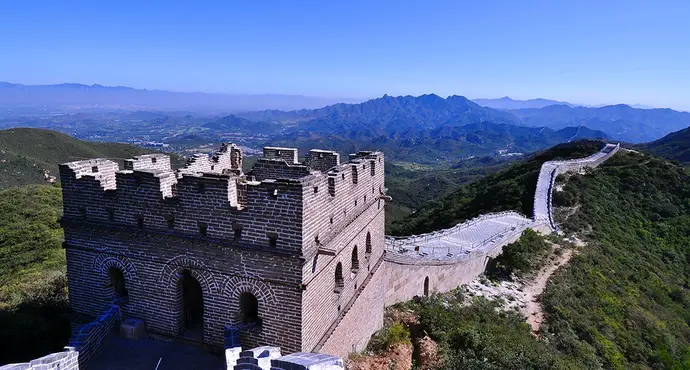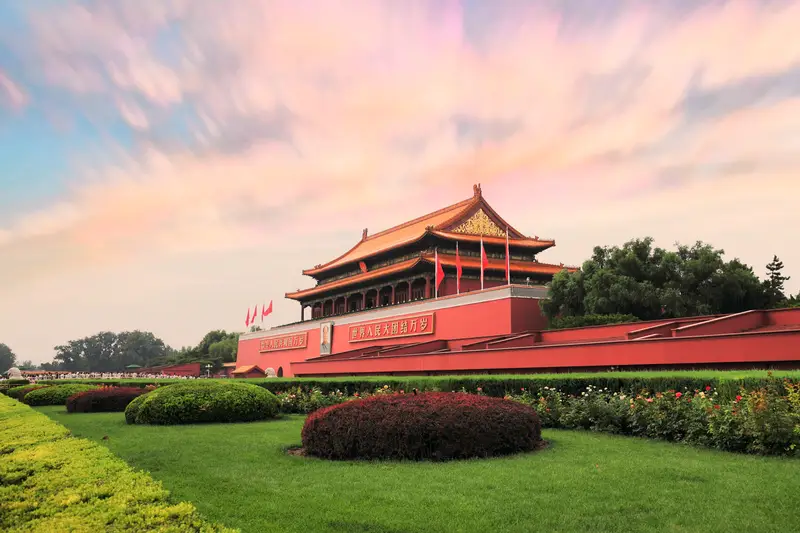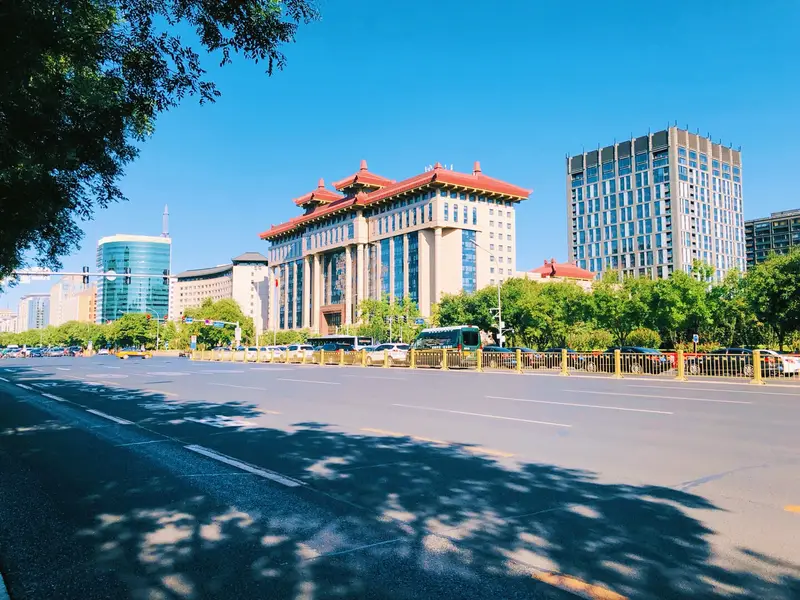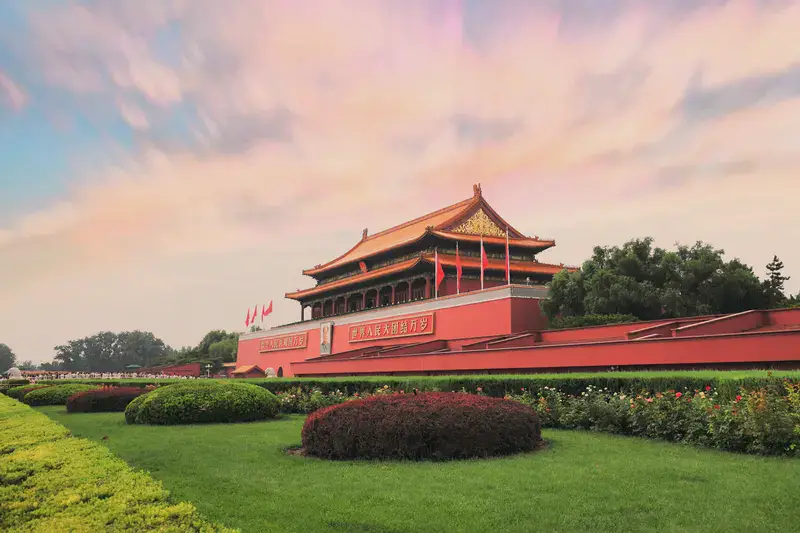Location and How to Get There
The Five Pagodas Temple (Wutasi) is located in the Haidian District of Beijing, China. It’s not far from the famous Summer Palace, making it a convenient stop if you’re already exploring that area. The temple is situated in a quiet neighborhood, away from the hustle and bustle of the city center, which adds to its charm.
To get there, you can take the Beijing subway. The closest station is National Library Station on Line 4 or Line 9. From there, it’s about a 10-minute walk. Alternatively, you can take a taxi or ride a bike if you’re feeling adventurous. The temple is easy to find, and the surrounding area is quite pleasant for a stroll.
The Natural Setting
The Five Pagodas Temple is surrounded by a peaceful park filled with lush trees and well-maintained gardens. It’s a great place to relax and enjoy nature, especially during spring when the flowers are in bloom. The park is not too large, so it’s easy to explore without feeling overwhelmed.
One of the highlights is the lotus pond near the temple. In summer, the pond is covered with beautiful lotus flowers, creating a serene atmosphere. The area is also popular with locals who come here to practice tai chi or simply enjoy a quiet moment.
The Architectural Wonder
The main attraction is, of course, the five pagodas themselves. These pagodas are built on a single stone platform and are made entirely of stone, which is quite unique compared to other pagodas in China. Each pagoda is intricately carved with Buddhist symbols, mythical creatures, and floral patterns.
The central pagoda is the tallest, standing at about 17 meters (56 feet) high. It’s said that the design was inspired by Indian Buddhist architecture, which makes it a fascinating blend of cultures. The craftsmanship is incredible, and you can spend a good amount of time just admiring the details.
Historical and Cultural Significance
The Five Pagodas Temple dates back to the Ming Dynasty (1368–1644), making it over 600 years old. It was originally built to house Buddhist relics and scriptures. Over the centuries, it has survived wars and natural disasters, which is a testament to its sturdy construction.
One interesting story associated with the temple is that it was once a place where scholars would come to seek wisdom. It’s said that if you touch the stone carvings, you’ll gain knowledge and clarity. While this might be more of a legend than a fact, it adds a fun element to your visit.
Facilities and Amenities
The temple and its surrounding park are well-equipped for visitors. There are clean restrooms, benches to sit and rest, and even a small museum where you can learn more about the temple’s history. The museum has English descriptions, so it’s easy to understand even if you don’t speak Chinese.
If you’re feeling hungry, there are a few small cafes and tea houses nearby where you can grab a snack or a drink. The area is also popular for picnics, so feel free to bring your own food and enjoy it in the park.
Visitor Experience
Visiting the Five Pagodas Temple is a relaxing and enriching experience. The atmosphere is calm and peaceful, making it a great escape from the busy city. The temple is not as crowded as some of Beijing’s more famous attractions, so you can take your time exploring without feeling rushed.
The best time to visit is early in the morning or late in the afternoon when the light is soft and the temperature is pleasant. This is also when the park is at its most beautiful, with the sun casting long shadows on the pagodas and the lotus pond.
If you’re interested in photography, this is a fantastic spot. The combination of the ancient pagodas, the natural surroundings, and the play of light and shadow creates endless opportunities for stunning photos.
Tips for Your Visit
- Entry Fee: The temple is very affordable to visit, with a small entrance fee (usually around 20 RMB).
- Guided Tours: If you want to learn more about the history and significance of the temple, consider hiring a guide. Many guides speak English and can provide fascinating insights.
- What to Wear: Wear comfortable shoes as you’ll be walking on uneven stone paths. Also, bring a hat and sunscreen if you’re visiting in summer.
- Respect the Site: Remember that this is a historic and religious site, so be respectful. Avoid climbing on the pagodas or touching the carvings too much.


